Hans Holbein the Younger (1498 – 1543)
Get a Holbein Certificate of Authenticity for your painting or a COA for your Boucher drawing or print.
For all your Holbein artworks you need a Certificate of Authenticity in order to sell, to insure or to donate for a tax deduction.
How to get a Holbein Certificate of Authenticity is easy. Just send us photos and dimensions and tell us what you know about the origin or history of your Holbein painting, drawing or print.
If you want to sell your Holbein painting, drawing or print use our selling services. We offer Holbein selling help, selling advice, private treaty sales and full brokerage.
We have been authenticating Holbein and issuing certificates of authenticity since 2002. We are recognized Holbein experts and Holbein certified appraisers. We issue COAs and appraisals for all Holbein artworks.
Our Holbein paintings, drawings and print authentications are accepted and respected worlwide.
Each COA is backed by in-depth research and analysis authentication reports.
The Holbein certificates of authenticity we issue are based on solid, reliable and fully referenced art investigations, authentication research, analytical work and forensic studies.
We are available to examine your Holbein painting, drawing or print anywhere in the world.
You will generally receive your certificates of authenticity and authentication report within two weeks. Some complicated cases with difficult to research Holbein paintings or drawings take longer.
Our clients include Holbein collectors, investors, tax authorities, insurance adjusters, appraisers, valuers, auctioneers, Federal agencies and many law firms.
We perform Hans Holbein the Younger art authentication, appraisal, certificates of authenticity (COA), analysis, research, scientific tests, full art authentications. We will help you sell your Hans Holbein the Younger or we will sell it for you.


1523

1527
Hans Holbein the Younger was a German painter and printmaker during the 16th century. Holbein is most known for his portraits, religious paintings, Reformation propaganda, and Northern Renaissance style. Holbein was named after his father, Hans Holbein the Elder, who was a painter of the late Gothic period.

1532.

1533
Holbein was born in Augsberg, Germany, but worked in Switzerland for most of his life. Holbein first moved to Basel, Switzerland when his father was hired to be a painter and printmaker in the city. Holbein would work on projects with his father, learning valuable techniques. In 1517, both the Elder and Younger worked on indoor murals for the merchant, Jakob von Hertenstein in Luzern.

1532
Detroit Institute of Arts
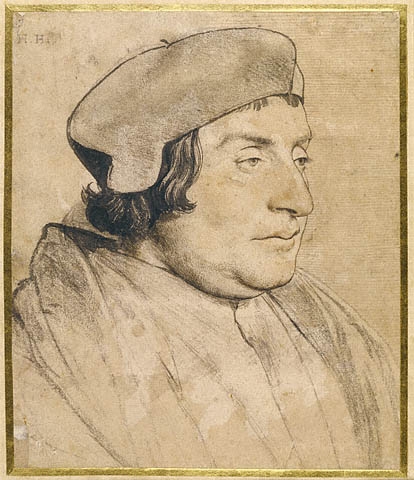
1535 Red Chalk and Pen on Paper
Getty Collection
When Holbein returned to Basel form Luzern he began to run a painting workshop and joined the painters’ guild. Around this same time he married a woman named Elsbeth Schmid, who soon gave birth to two children.
Holbein continued to work on mural projects, including a commission from the Council Chambers of the Town Hall. Unfortunately, many of these murals have not survived. While working on large-scale murals, Holbein also mastered book design and woodcut printing methods. Holbein painted portraits less frequently at this time, than later in his career. It was not until 1523 that Holbein painted his first portraits of the Renaissance scholar, Erasmus. It’s the paintings of Erasmus that really sparked Holbein’s career. A few years later, Holbein moved to England, where he was commissioned to paint Sir Thomas More. The painting f More, was followed by a series of important commissions.
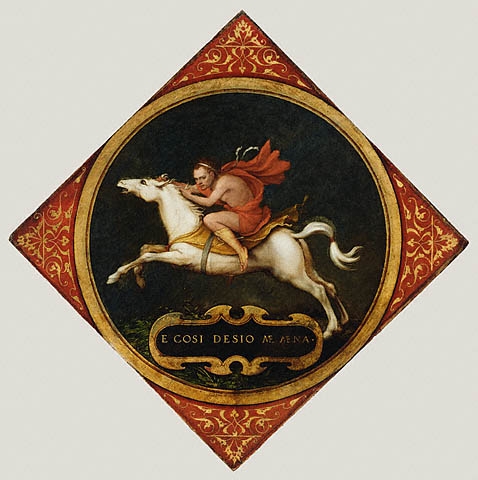
1532-1536 Oil on Panel
Getty Collection
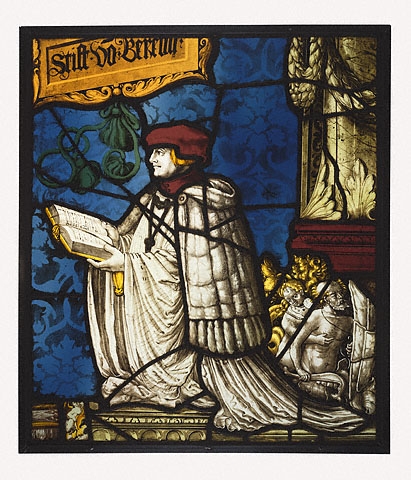
1520 Pot-Metal and Clear Glass and Paint
Getty Collection
In England Holbein was involved in a circle of humanists and scholars, for whom he was employed. Holbein did not work for the King, but for several courtiers and the Archbishop of Canterbury. Around 1528, Holbein returned to Basel and purchased a house in St. Johanns-Vorstadt, where he continued to paint portraits. The political climate in Basel was quickly intensifying due to the religious reformation. The reformist council paid for Holbein to continue working on frescoes. The new frescoes were based on the Old Testament, telling the story of Rehoboam, Saul and Samuel. Holbein was also paid to design clocks at the city gates.
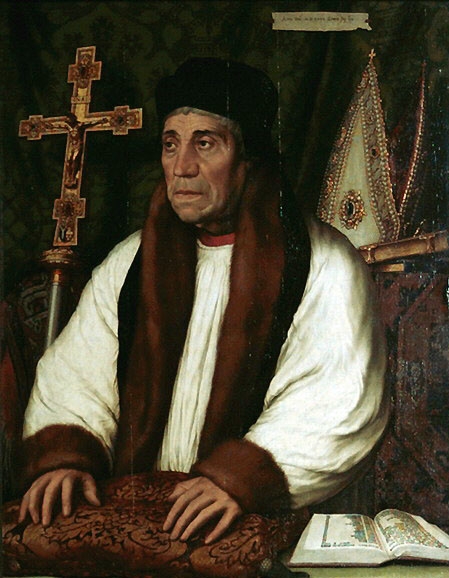
1527
Musee du Louvre, Paris
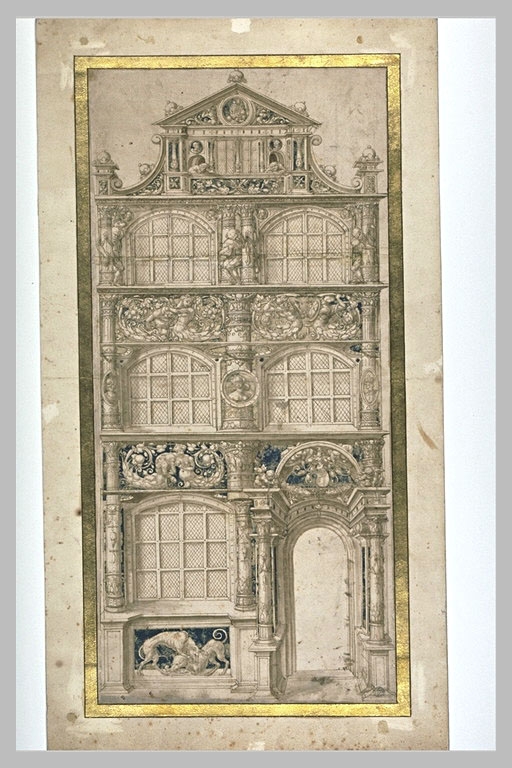
Print on Paper
Musee du Louvre
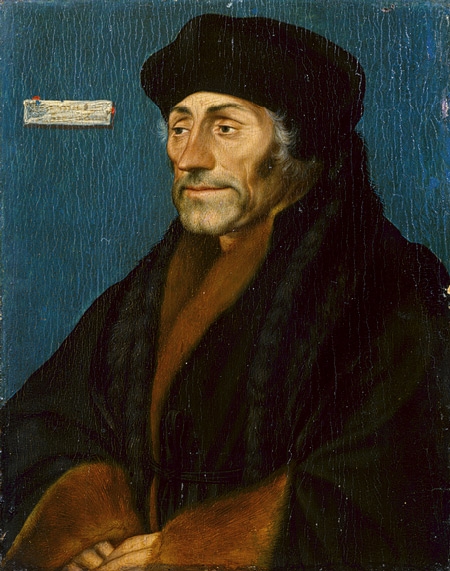
Oil on wood 18.7 x 14.6 cm
Metropolitan Museum of Art, New York
In the 1530s, Holbein’s commissions started to wane, and the artist decided to return to England. Like Switzerland, political tension was growing in England. Holbein strayed form his humanist ties and began to favor Thomas Cromwell, the secretary of the King Henry VIII, and Anne Boleyn and her family. While Holbein worked for Anne Boleyn, all portraits were destroyed after her execution.
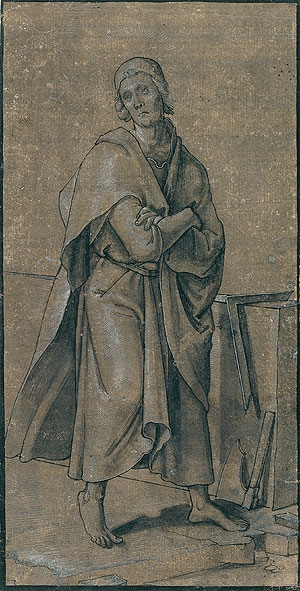
1527 Pen and Ink, Brush and Gray Wash on Paper
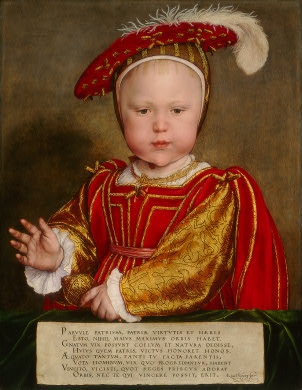
1538 Oil on Panel
National Gallery, DC
Holbein’s work for Cromwell included a series of reformist images, such as woodcuts royal images and a cover to Myles Coverdale’s version of the bible. He also painted several portraits of courtiers, landowners and international ambassadors.

1527 Oil on Panel
National Gallery, DC

1520 Oil on Panel
National Gallery, DC
By 1536, Holbein began working for King Henry VIII, through the sponsorship of Cromwell. At this time Holbein painted both miniature and large-scale portraits of the royal family. Only a few years later, in 1540, Thomas Cromwell was executed. This marked the third death of one of Holbein’s patrons, following Thomas More and Anne Boleyn. In 1543 Holbein died of unknown causes. It is speculated that he died of the plague, though the specific details of his death and gravesite is unknown.
While many of the frescoes and portraits of Holbein were destroyed, his surviving work is extremely valuable. In recent years lost miniatures have resurfaced, catching the attention of collectors and art historians. Museums around the world collect his paintings, prints and sketches. Do you think you own a painting or print by Hans Holbein the Younger? Contact us. We are the Holbein experts.
Reviews
1,217 global ratings
5 Star
4 Star
3 Star
2 Star
1 Star
Your evaluation is very important to us. Thank you.
